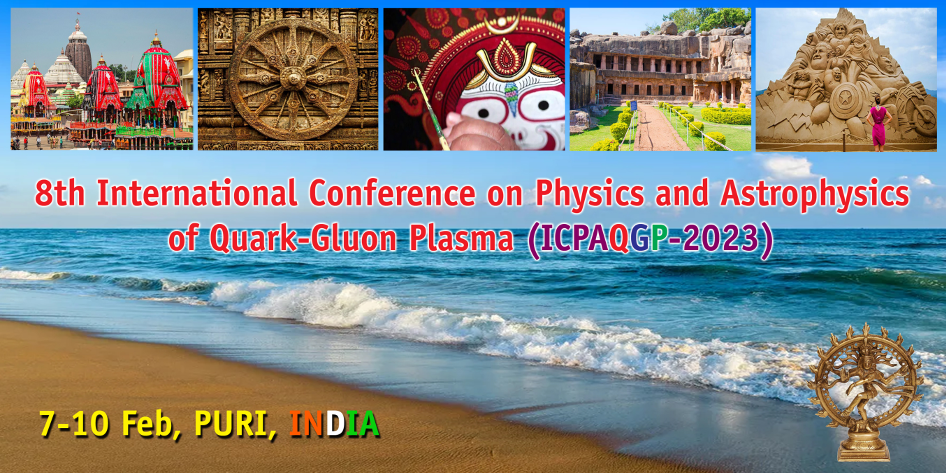Speaker
Description
During the early stages of the heavy-ion collision experiments, the heavy quarks (charm and bottom) are created via hard scattering. Due to their large mass, they do not thermalize with the constituents of the quark-gluon plasma (QGP) over the lifetime of the plasma. Hence, they witness the entire evolution of QGP and are effective probes to study the strongly interacting matter. We study the heavy quark transport coefficients (drag and momentum diffusion) for collision and radiative processes, using perturbative QCD and kinetic theory for viscous QCD medium. The thermal medium effects are incorporated through the effective fugacity quasiparticle model, based on the lattice QCD equation of state. The effective modelling of the QCD medium as quasiparticles with encoded in-medium interactions modifies the momentum distribution function of the QGP constituent particles, i.e. light quarks, anti-quarks, and gluons by the introduction of a temperature-dependent effective fugacity parameter. Viscous corrections to heavy quark transport coefficients due to shear and bulk viscosities of the medium are incorporated at first-order in the thermal distribution function by solving the effective Boltzmann equation within relaxation time approximation. We observe that the soft gluon radiation substantially affects the heavy quark transport coefficients in the viscous QGP. Preliminary results for the effect of second-order shear viscous correction on the heavy quark transport coefficients will also be presented.

